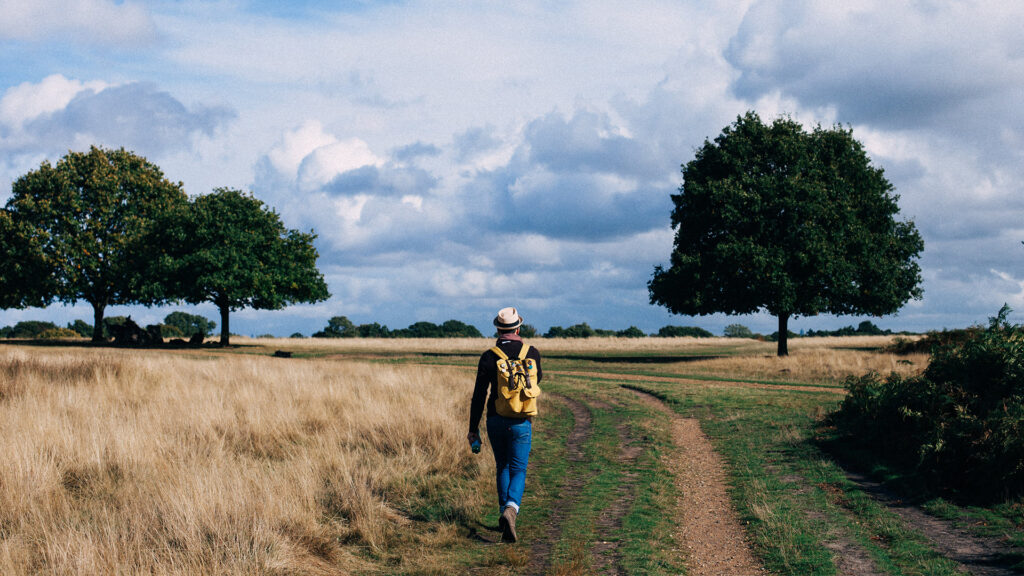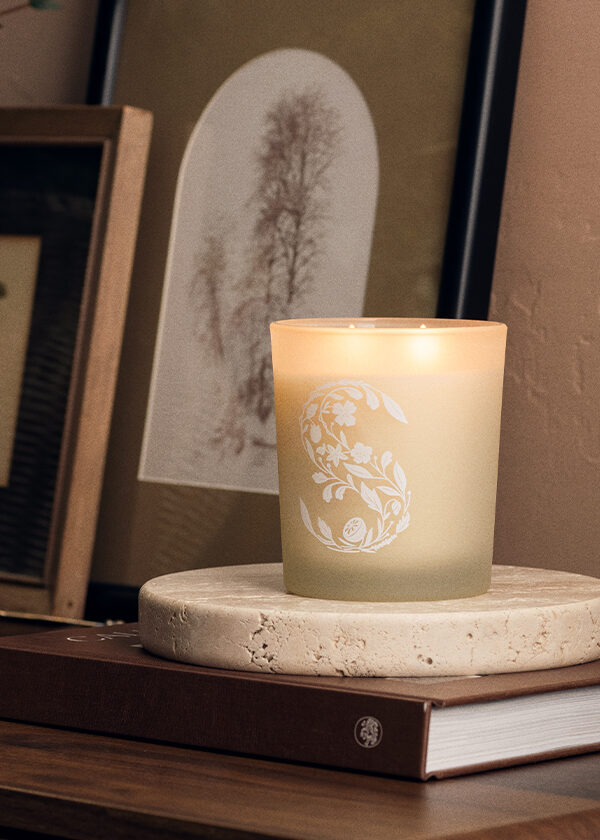
After the excitement of the new year fades and we realize the short, cold and gloomy days of winter will continue for another month, we tend to get this feeling we can’t describe. The joy of the next holiday break is now months away, the monotony of staying indoors has begun to drive us stir-crazy, and lack of sunshine due to shorter days and cloud cover just make you feel … BLAH! It’s this small group of annoyances that form a negative feedback loop, repeating these stresses over several weeks until we begin to expect the same outcome every time. It may be hard for some to put into words, but we all know what it feels like when these loops crush our optimism.
Seasonal Affective Disorder (SAD) is a form of depression that occurs at certain times of the year — most often during the changing of seasons in fall or winter — and is thought to be linked to chemical changes due to lack of sunlight or an increase of melatonin due to shorter, darker days. If you’re struggling with your mental health, it’s best to talk to someone. Licensed mental health professionals are experts in treating these kinds of problems and can help teach us how to pull ourselves out of the negative loops mentioned above. Even if what you’re feeling isn’t a diagnosable form of SAD, that doesn’t invalidate those feelings. Many of the common treatments for SAD or other forms of depression can have a positive impact on anyone who may be struggling with their mental health during this time of year.
Find a happy light
Direct exposure to sunlight is one of the most straightforward ways of treating SAD or other mental health issues caused by limited time in the sun. When direct exposure is challenging — like during the short, cloudy days of winter — dawn simulators (more commonly known as happy lights) are a simple and cost-efficient way of providing a similar effect. It’s a practical and compact solution, typically only requiring 20 to 30 minutes of exposure each day to compensate for any missed sunlight. Medical professionals generally recommend lights that produce 10,000 lux with as little ultraviolet (UV) light as possible.
Start a new routine
While new year resolutions might be a point of contention for you, the implementation of a new routine can provide stability when everything seems like it’s going wrong. It’s never too late to start a new routine and finding something that you look forward to doing every day can help alleviate the feeling of monotony. If you feel like you’re stuck in one place, exercise can literally get you moving. Go for a walk or run, hit the gym or find a nearby hiking trail. Bear in mind, exercise doesn’t need to be a means to change the numbers on the scale. Often, a simple 10-minute walk or run can be all you need to change your mindset. There are plenty of other ways to establish a routine if exercise isn’t your thing. Buy a grow light and start building your house plant collection; grab a book you’ve always wanted to read and commit to 10 pages a day; volunteer at a nearby nonprofit; or start a new hobby. Whatever routine you choose, make sure it’s something you look forward to doing as often as possible!
Take a mental health walk
Sometimes all it takes is a simple form of self-care. You’ve probably seen videos of people begrudgingly taking a mental health walk on a bad day and discovering that, yeah, it does work! It’s a mentally stimulating and free way to change up your daily routine. Taking a walk can be a social activity with friends or a time to reflect on a potentially chaotic day and enjoy the peace of solitude. Take at least one photo on each of your walks, and before long you’ll have an album full of daily moments you can show to family and friends or to keep to yourself.
Keeping a positive mindset can sometimes be hard, but staying optimistic and looking for ways to introduce new activities to your life are great ways to stay positive during this time of year. What are some of your favorite activities to break the monotony? Let us know in the comments below!




Jacqui Schlotterbeck says
Love the sunlight idea